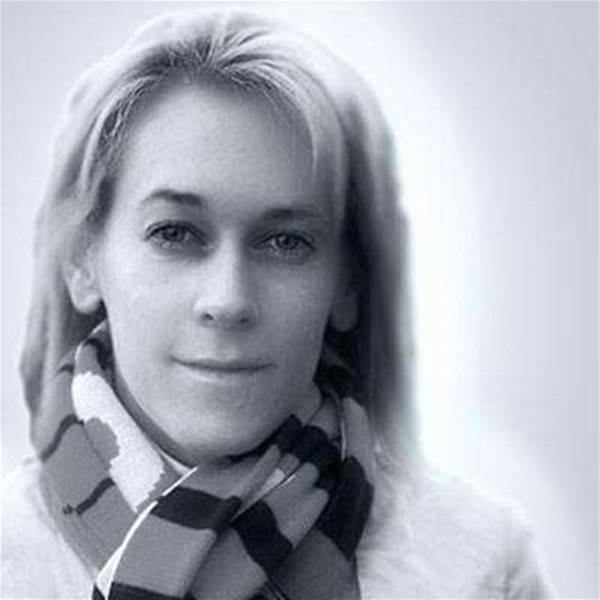With three rounds under our season three belts, we're (sadly) already a quarter of the way through the season. And with players taking the pitch each week knowing that they're playing for a W-League championship and, potentially, a spot in the Matildas squad for the 2011 Women's World Cup, the result is a season that's upped the ante.
I enlisted the help of Matildas coach Tom Sermanni (whose team, incidentally, was just awarded the AFC Women's National Team of the Year) to find out what he thinks of the league so far, who he thinks will take it out, and how on earth he's going to whittle down his list of prospective World Cup players.
The explicit purpose of the W-League is to develop Australian female footballing talent and just three seasons in, we're reaping the rewards. While Sermanni does, for the record, agree wholeheartedly with me that the W-League season is too short, he notes that it's been 'hugely successful' and that the standard has gone up another notch each season.
'If you look back at the national team, [the W-League has] been extremely valuable,' he says. 'It's given fringe players chances to establish themselves. It's given the national team to get re-established. Then it's thrown up players like Michelle Heyman.'
Ah, Michelle Heyman: the player who most puzzles me. So laidback that, unlike her striking counterparts Sarah Walsh and Lisa de Vanna, she never looks like she's in the hunt for goals. Yet when there's one to be scored, she's perfectly placed. I can't resist asking Sermanni how she does it.
'It's a good question,' he says, before attributing it variously to being 'a natural nose for goals, plus being in the right position at the right time'. It's the kind of skill that hasn't been coached into her, he says, but when there's a goal-scoring chance, the 'light bulb goes on'.
But back to the W-League. Sydney FC, who have come out firing, are effectively doing a Roar Women of seasons one and two. Meanwhile the W-League standard has lifted so much overall that I can't predict a winner. Sermanni attributes this improved standard to aggressive off-season recruitment and better pre-season preparation.
'Sydney are flying at the moment,' he says. 'They've benefited from having played together for a long time and they're really on the same page. What you're seeing is some of the young players really starting to develop. For example, Kyah Simon is playing the best football I've ever seen her play. You forget she's just 19, but she's been in the system for about three years.'
So what's going on with Roar, from whom we've come to expect so much?
Sermanni thinks that they've simply, for the moment, 'lost their rhythm'. Roar have the benefit of having a lot of good players to choose from and he sees a team trying to find the best on-field combination and balance. 'I think they're kind of fiddling about with those things at the moment,' he says, and that the Roar will soon find their rhythm and be back to their premiership-winning form. Phew.
Which can only prove a headache for him, with Sermanni tasked with the unenviable job of narrowing down the list of prospective players to take to the World Cup Germany in June.
'I've never been in a position as the national coach where we've got so many talented players and there's been so much competition for positions,' he notes. 'Even established players have players breathing down their necks. I've spoken to the players and they're very aware that at the end of the season an extended squad will be selected. What it means is that every game is very important.'
But pinning down what talents he's looking for in players is tricky to define too. I ask if it's part gut feeling, part flipping a coin, and he chuckles. 'I'm looking for players that ones that are able to step up into the international arena,' he says. 'That's difficult to describe, and it's different things for different players—it could be physical or mental. It's going to be a difficult decision. The key thing is that players have got the ability to step up to national team level.'
Then there's the issue of selecting a balanced squad. Listing strikers off the top of his head, there are probably at least nine players who could be selected for that position. Sermanni will be able to take a maximum of four or five to the World Cup. And there aren't any longer, he says, any 'pencilled-in picks'.
Take, for example, Lisa de Vanna. Breaking her leg at the Asian Cup was-and could have continued to be-a tragedy for the Matildas. Instead, the team regrouped and winning the cup without her changed the dynamic and perception of 'must-have' players. De Vanna is a game-changer and an explosive player that any coach would love to have on the pitch, but Sermanni says that the Asian Cup showed that there's no longer a player who is invaluable or irreplaceable.
So given that he's closely watching the W-League for World Cup picks, can Sermanni shed any light on who might win?
'If you're going on form and based on the first few rounds,' he says, 'obviously Sydney', before predicting-barring accident or injury-Sydney, Brisbane, and Canberra, with their depth and experience, to be in the top three. Given that he's just turned the Matildas, a team that's apparently going through a rebuilding phase, into the most successful Australian footballing team to date, I'll be quoting Sermanni when I'm invariably asked again to predict a season three winner. As a Queenslander, though, I'll have to hope Roar can reverse the season two result and get up over Sydney.












